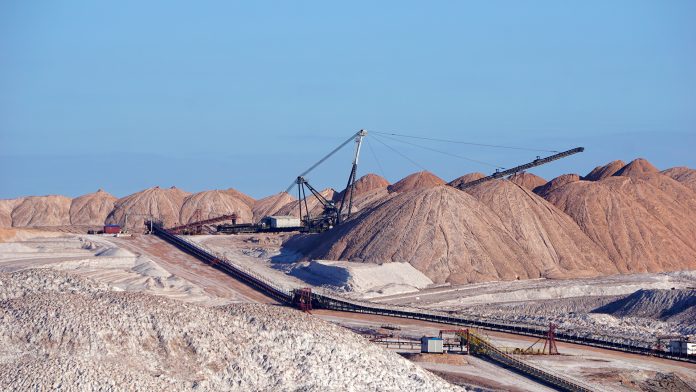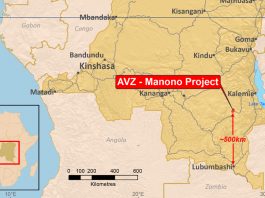Global mining industry experts Rio Tinto have pledged $2.4bn into one of the world’s largest greenfield lithium projects, a substantial investment into the future of green energy.
Rio Tinto will be financing the money to Serbia’s Jadar lithium-borates project in a venture that will see the industry leaders substantially expand their influence in the field of battery materials. This will be a considerable step toward obtaining the precious resources that will fuel the green energy transition, with the materials possessing a plethora of potential uses for creating a sustainable future for our planet.
Currently, the Jadar lithium-borates project is in the process of receiving the necessary approvals, licenses, and permits from local communities, the Government of Serbia, and the civil society.
Jadar: A sustainable goldmine
The objective of the Jadar lithium-borates project is to produce the crucial, critical minerals that are utilised to build large-scale batteries for implementation in electric vehicles and energy storage solutions. Additionally, Jadar will also yield borates, a vital material in the manufacture of wind turbines and solar panels, demonstrating the versatility and substantial green opportunities of the project. The sizeable investment will see Rio Tinto become Europe’s largest source of lithium for the next 15 years, placing European industries at the forefront of fabricating technologies to achieve its carbon-neutral goals.
The Jadar project is set to be one of the largest industrial investments in the history of Serbia, funding 1% directly and 4% indirectly to the country’s GDP, with the project employing various Serbian suppliers to construct the mine. Rio Tinto will assist in the development of local businesses throughout the project so that they can support the operation during its lifespan. The endeavour will also provide a vast array of employment opportunities, as the construction process will create 2,100 jobs and a further 1,000 for the mining and processing once the site is in full operation.
Jakob Stausholm, the Chief Executive of Rio Tinto, said: “We have great confidence in the Jadar project and are ready to invest, subject to approvals. Serbia and Rio Tinto will be well-positioned to capture the opportunity offered by rising demand for lithium, driven by the global energy transition, and the project will strengthen our offering, particularly to the European market.
“It could supply enough lithium to power over one million electric vehicles per year. The Jadar deposit and its unique mineral, Jadarite, discovered by Rio Tinto geologists in 2004, contains high-grade mineralisation of boron and lithium, supporting a long-life operation in the first quartile of the cost curve for both products.
“We are committed to upholding the highest environmental standards and building sustainable futures for the communities where we operate. We recognise that in progressing this project, we must listen to and respect the views of all stakeholders.”
Sustainable actions of Rio Tinto
Rio Tinto is collaborating closely with a range of global and local experts to analyse potential environmental, social, and governance impacts, such as conducting 12 ecological studies and over 23,000 physical, biological, and chemical analyses of water and air.
The finalised Jadar site will include a chemical processing plant and an underground mine outfitted with state-of-the-art infrastructure and equipment, such as electric haul trucks. The project will ensure minimal impacts on local communities by being constructed to the highest environmental standards, using methods such as the dry stacking of tailings – a technique that means the dry tailing can be rejuvenated with vegetation and soil – instead of requiring a tailings dam. Jadar will include a water management facility that will result in 70% of the raw water coming from treated mine water or recycled sources.
The demand for lithium is estimated to grow by 25-30% per annum over the next ten years, meaning that when the site is in full production by 2026, it will be in a prime position to supply Europe’s substantial demands for the material. Once operating at complete capacity in 2029, Jadar will produce 58,000 tonnes of lithium carbonate, 160,000 tonnes of boric acid, and 255,000 tonnes of sodium sulphate per year, meaning that Rio Tinto will be one of the top ten lithium producers on the planet. Throughout the 40-year lifespan of the Rio Tinto Mine, around 2.3 million tonnes of lithium carbonate is estimated to be obtained.
Construction is targeted to start in 2022, with Rio Tinto now seeking an exploitation licence and receipt of regulatory approvals, such as approval from the environmental impact assessment (EIA) studies, which is required for construction to start.









